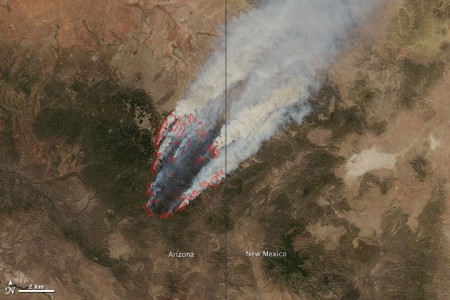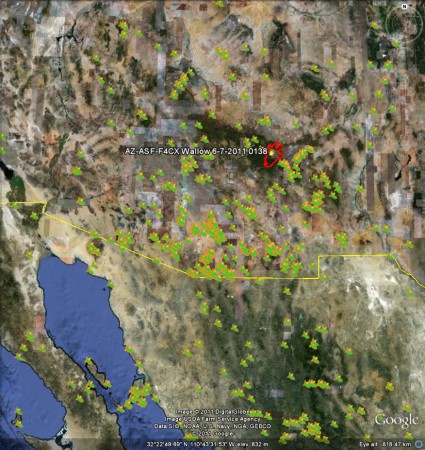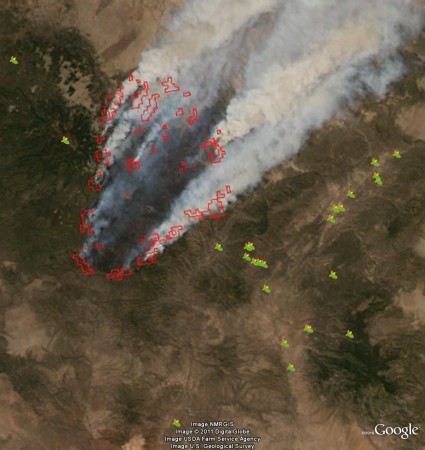- Long-term effect of tillage, nitrogen fertilization and cover crops on soil organic carbon and total nitrogen content. No till is better than conservation tillage.
- Catalase is a key enzyme in seed recovery from ageing during priming. It sure is. Good to know.
- Sustainable agriculture: A case study of a small Lopez Island farm. The authors conclude: “the need for future targeted nutrient inputs cannot be ruled out for sustainable long-term production”.
- Evolution of the knowledge system for agricultural development in the Yaqui Valley, Sonora, Mexico. They’re innovative, and diversity promotes agility.
- Changes in phenolic compounds in garlic (Allium sativum L.) owing to the cultivar and location of growth. Don’t hold your breath; only 10 varieties.
- Morpho-physiological and nutritional characterization of rice bean (Vigna umbellata). Now that’s what I call science; 30 varieties.
- Rural livestock asset portfolio in northern Ethiopia: a microeconomic analysis of choice and accumulation. Many, many factors come into play.
- Sweet potato (Ipomoea batatas L.)-based strip intercropping: I. Interspecific interactions and yield advantage. Almost every intercrop improves yield and bottom line.
- Should payments for biodiversity conservation be based on action or results? A model says: “It depends.”
Nibbles: Bramleys, FAO vs Big AG, Biofuels, Honduras, Indigenous food
- Awesome apple tree awes impressionable TV reporter shock.
- Food fight!
- Food fight referee?
- Recent developments in the world of biofuels; CABI sorts the good, the bad and the indifferent.
- A blogger asks: “What is the appropriate mix of policies regarding agriculture in Honduras?“
- Watch a video on an indigenous food festival in Thailand by following instructions here. Note to film-makers: there are simpler ways to share a video.
Andean products on display
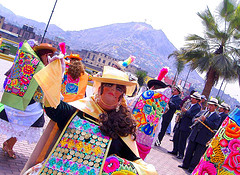 The Fifth Potato Festival is underway in the Surco district of Lima, Peru. It sounds like fun, but all the information about it online at the moment is in Spanish only. If you don’t read the language, and can’t be bothered fighting with the results of Google Translate, you can read a short piece on last year’s event in English. It’s actually about much more than just the potato. There are stands on a whole range of new Andean products:
The Fifth Potato Festival is underway in the Surco district of Lima, Peru. It sounds like fun, but all the information about it online at the moment is in Spanish only. If you don’t read the language, and can’t be bothered fighting with the results of Google Translate, you can read a short piece on last year’s event in English. It’s actually about much more than just the potato. There are stands on a whole range of new Andean products:
…black quinoa, royal quinoa, red quinoa, quinoa sajama, maca, instant amaranth, instant cañihua, wheat, red corn, corn chullpi, bean mashco, barley mashco, black potato, white potato flour, etc.
Selling seed of orphan crops in Kenya
The latest episode of BBC’s Horizon programme deals with a number of things we’ve blogged about here before, for example soil mapping in Africa and biochar. But the payoff for us here is the last segment, which is on a Kenyan seed company called Leldet, which…
…now offers farmers the opportunity to buy different varieties of previously forgotten under-utilised seeds, more suitable for the area. They supply them in smaller quantities so farmers aren’t over reliant on one crop.
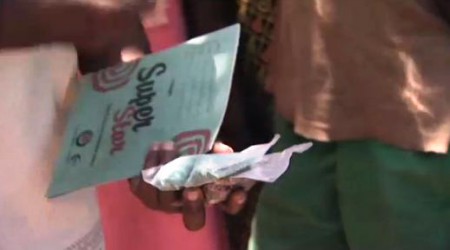
Watch it quick, because I don’t know how long it will stay on the site.
Wallow Fire (may) threaten (some) wild beans. Maybe.
There’s a really bad fire spreading in Arizona. 1
You can donwload all kinds of stuff about it, and even post your experiences of it on Facebook. But can you find out whether any crop wild relatives are threatened by it? Well, sure: all you have to do is go off to GBIF, and choose a likely genus (Phaseolus, say), and download the records, and mash them up in Google Earth with the latest fire perimeter data or whatever. 2 Like I’ve done here:
Coming in closer, and using the NASA GeoTIFF instead of the normal Google Earth imagery, you can put yourself in the position of being able to make some reasonably intelligent guesses about what might be happening to some of these populations, and the genepool as a whole in the area:
But what I really meant is that there ought to be a way to do this automagically, or something. Anyway, it is sobering to reflect that while all hell is breaking loose in Arizona, not that far away to the northeast, in the peaceful surroundings of the Denver Botanical Garden, Anasazi beans are enjoying their day in the sun, utterly oblivious of the mortal threat faced by some of their wild cousins. It’s a cruel world. And there’s a point in all this about the need for complementary conservation strategies that’s just waiting to be made. Isn’t there?
